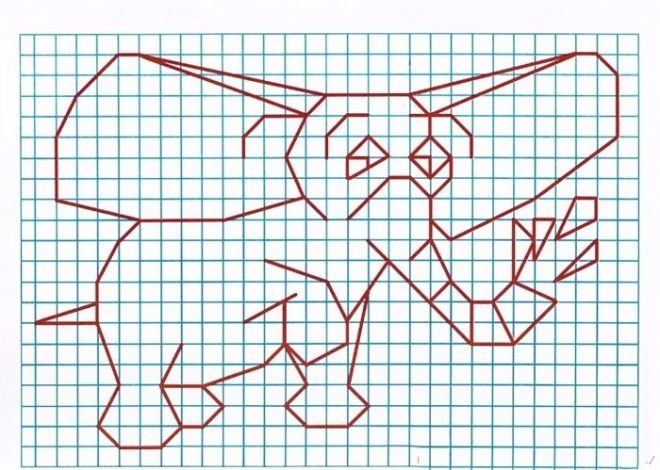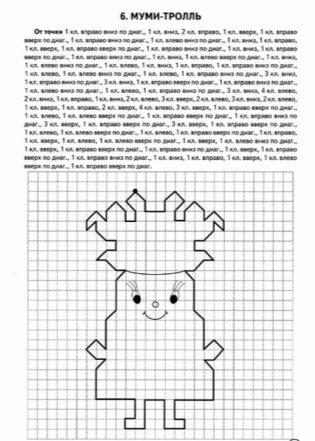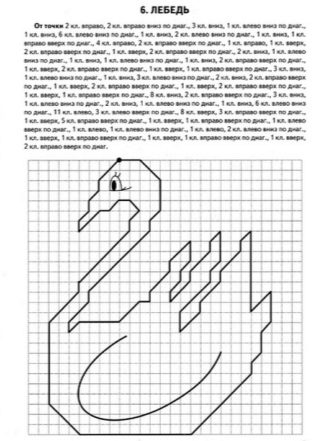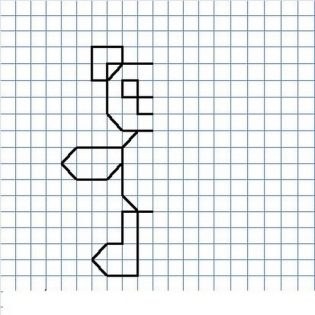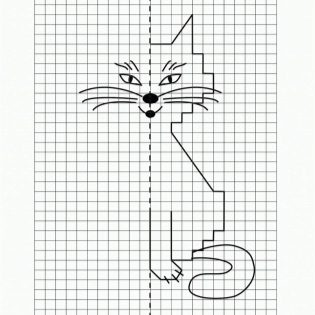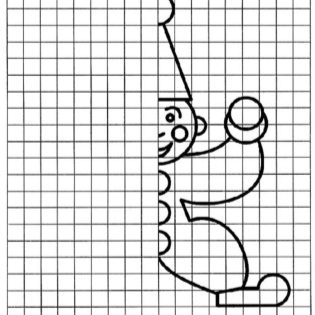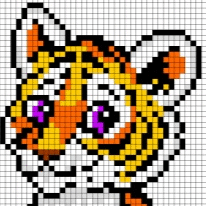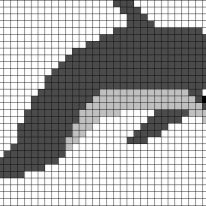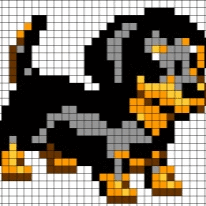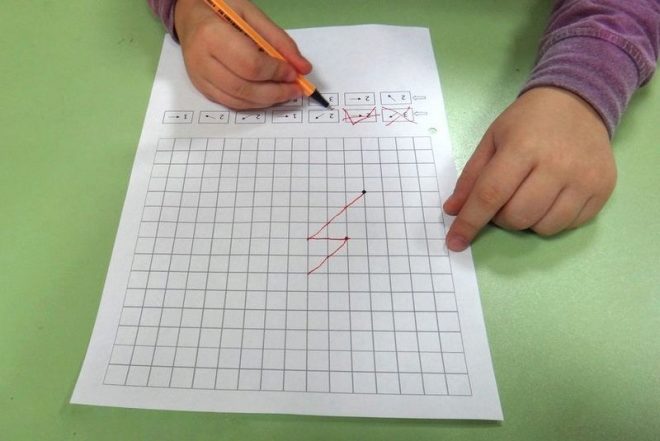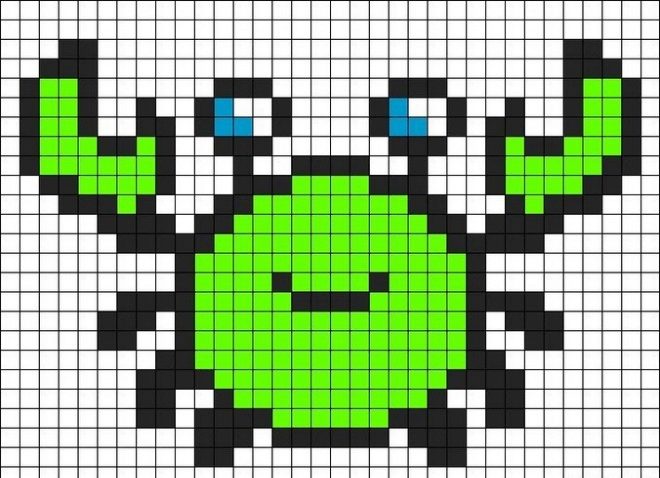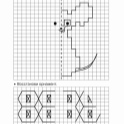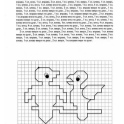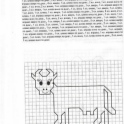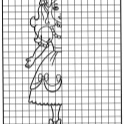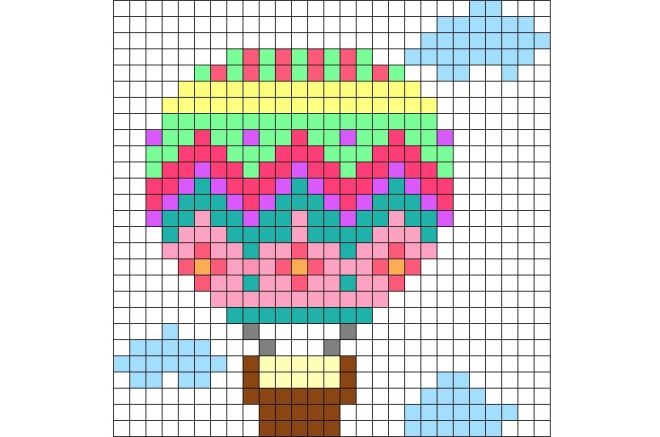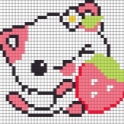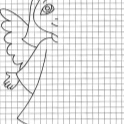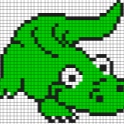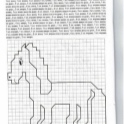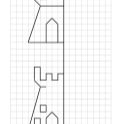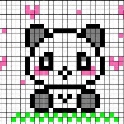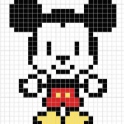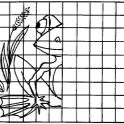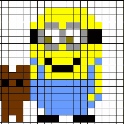Graphic dictation on the cell for grade 3-4
Elements of gaming activities in the classroom will be of interest not only to first-graders, but also to senior students. Performance graphic dictations for 3-4 grades, the teacher will help the teacher to diversify the learning process and play with the guys. For children of primary school age, these activities will be fun and useful.
Benefit
The leading activity of the younger student is learning. However, the game still holds a large place in his life. It is much easier for a child to receive and consolidate new knowledge when the teacher in the classroom allocates time for playing moments. One of these games in a lesson in mathematics can be pictures in the cell.
First grader drawing simple pictures of the cells in the notebook provides a great help in adapting to school and helps to begin the learning process successfully. However, children are ready to move to more complex schemes gradually.
In grade 3, drawings can already be much more complicated. For students in grade 4, choose even more difficult options.
At this age, the student should already be well oriented on the notebook sheet, know the concepts of "right-left", "top-down", understand what a point, cell, angle, side are. He already owns a pencil enough to draw straight lines.
Now graphic dictations will help the teacher to teach the children to listen carefully to what the teacher is saying, to follow the instructions given to them with precision. In this case, the child learns to work carefully and carefully. It develops the imagination, fine motor skills of the fingers, thinking, memory. The benefits of performing such tasks in grade 3-4 can also be seen at an older age, when they learn various complex topics in different lessons, the student will need to quickly take notes, write dictations well. The child will gradually prepare for an ever-increasing load.
Riddles, chatter sayings, tongue twisters, which can be included in the lesson, conversations and informative stories about the objects depicted help to broaden the student's outlook, develop speech, increase vocabulary.
Suitable Occupation Types
In the third and fourth grade, the possibilities for conducting classes are expanded. At this age, it is possible to use a variety of types of patterns in the cells.
These include:
- Making lines in the cells dictated by the teacher;
- Independently follow the instructions on the sheet;
- Symmetric finish;
- Coloring a certain number of cells in a given direction in the specified color. In this case, real colored pictures appear in the notebooks of the children.
The principle of doing work in all this diversity is to count the required number of cells in the specified direction. This is determined by the student himself, looking at the proposed instruction or under the dictation of the teacher.
Under the dictation of the teacher and self-follow instructions
Symmetrical finish drawing
Coloring the cells in a given direction in the specified color
Materials
As a rule, students have everything you need at your fingertips. These are checkered sheets, simple and colored pencils, eraser. The teacher needs only to prepare for himself a sample of the assignment and, if necessary, sheets with instructions for children.
Examples of graphic dictations for grade 3-4
Third-graders and fourth-graders are already successfully coping with simple drawings. They practically do not make mistakes, try to work carefully.
In order for the development of children not to stand still, it is necessary to complicate the tasks. This will help preserve their desire to learn new things, teach them to achieve their goals.
We offer to see, and maybe even perform a raphic dictation on the cells from the following video.


